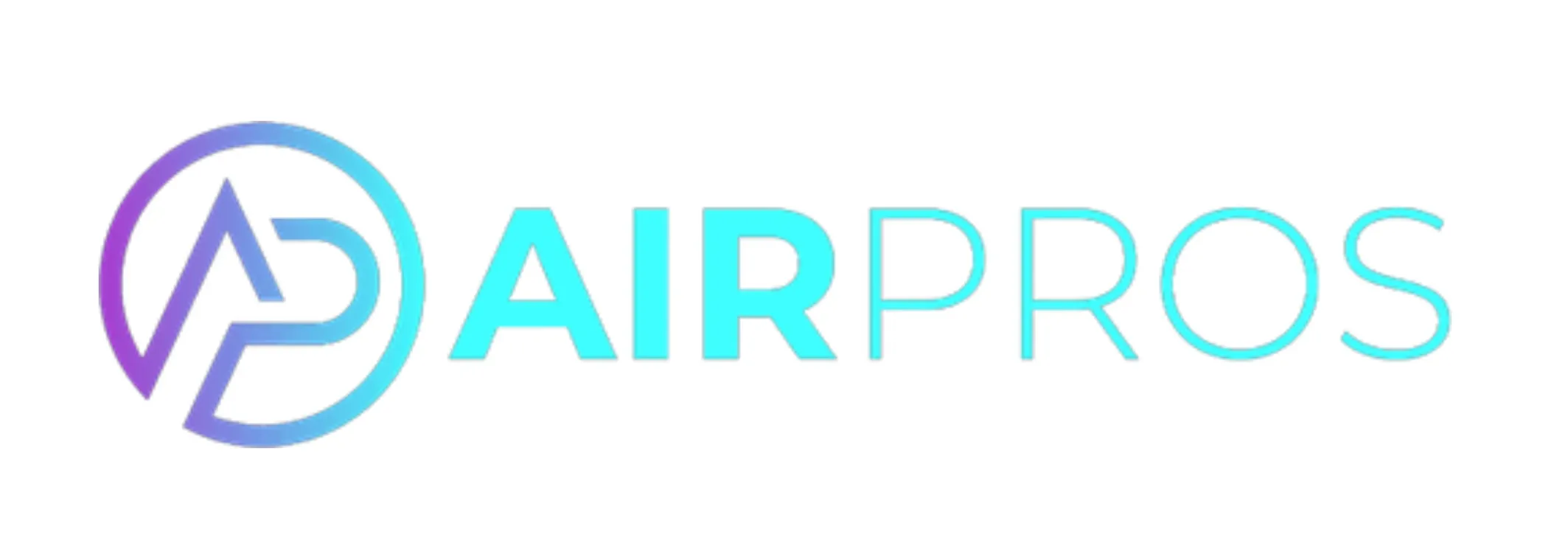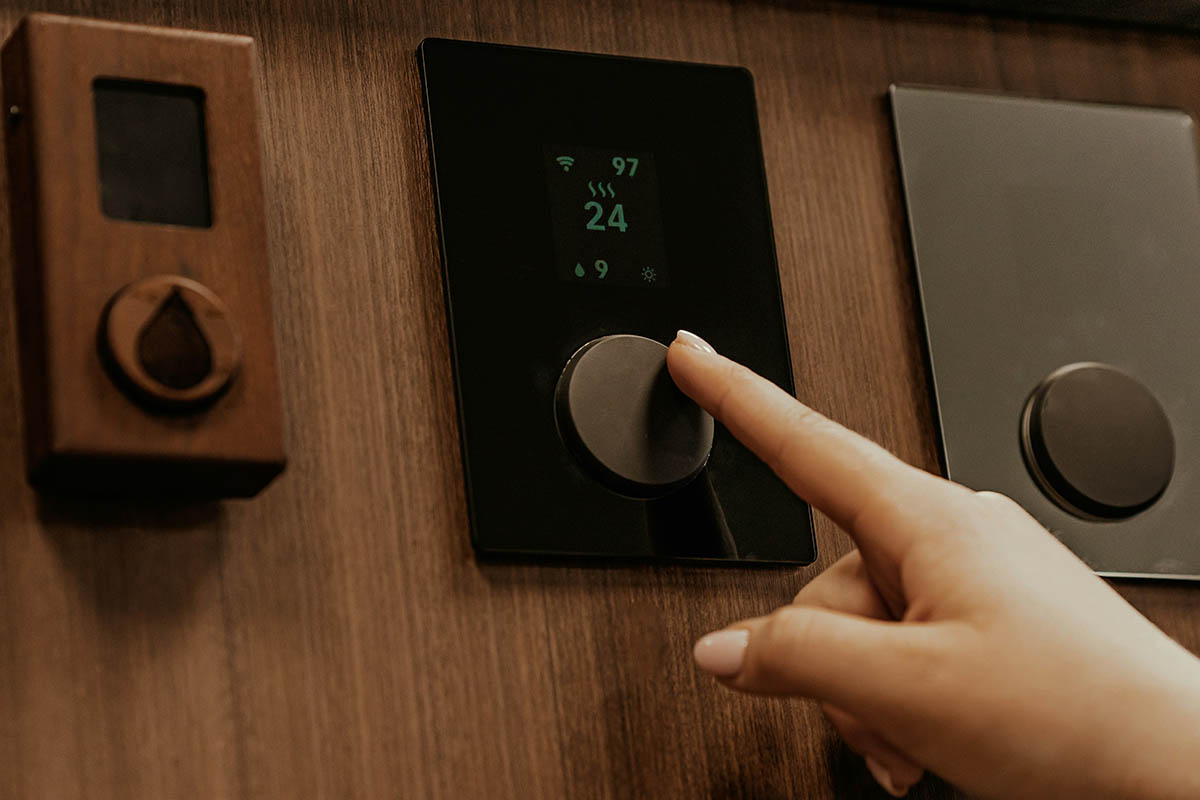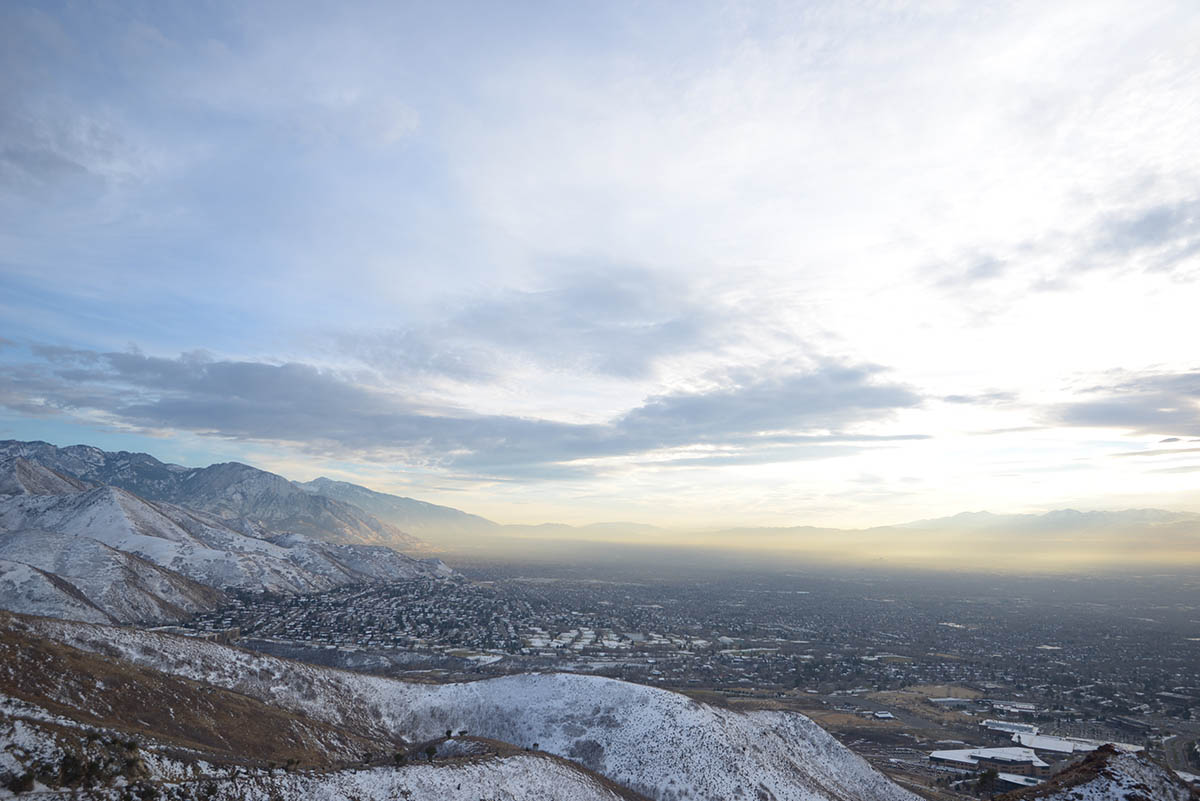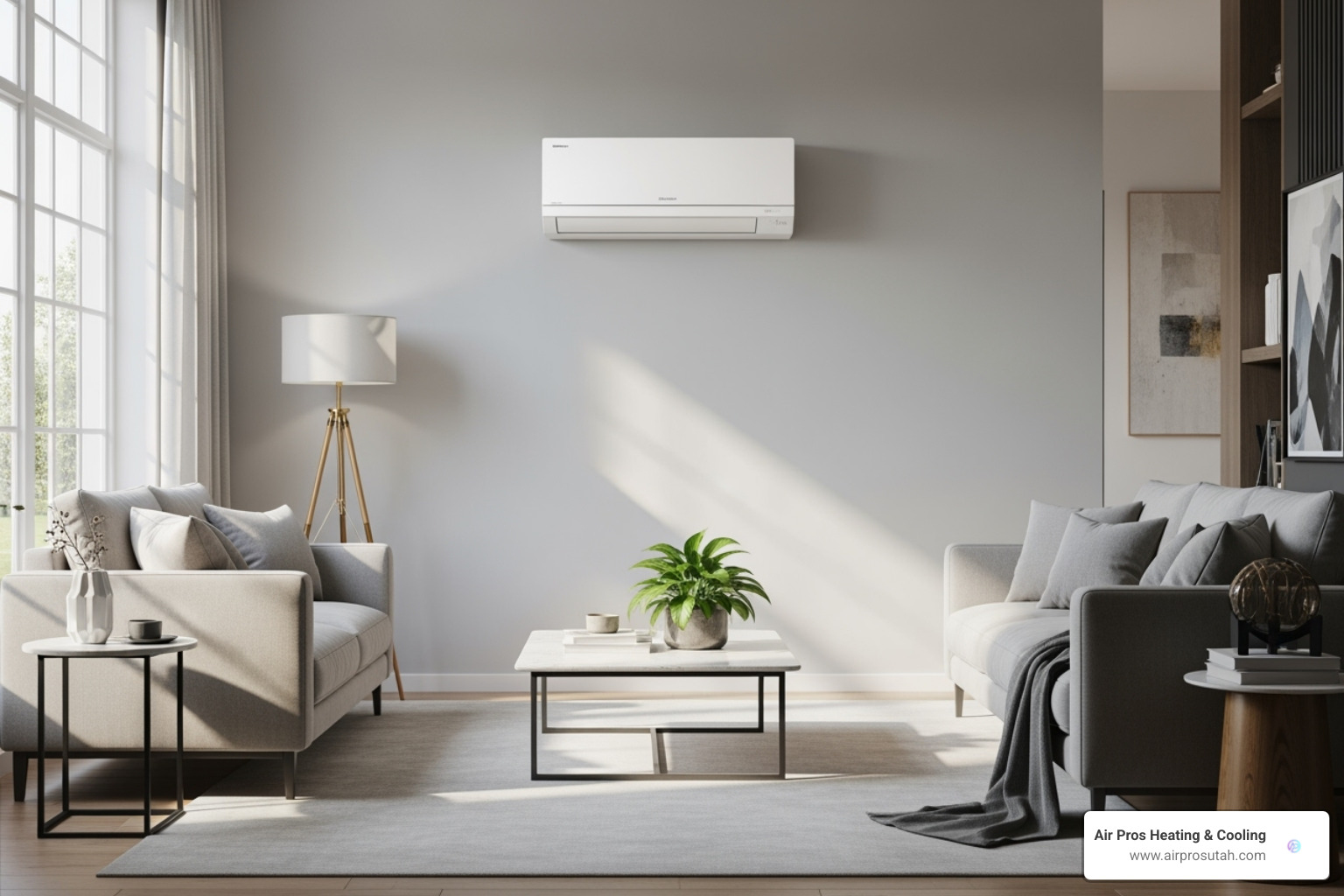
Mini Split Heat Pump Prices—Are They Worth the Mini Fortune?
Why Mini Split Heat Pump Costs Are Making Homeowners Think Twice
The cost of installing mini split heat pump systems typically ranges from $2,000 to $14,500, with most homeowners paying between $3,000 to $8,000 for a single-zone system. Here's what you can expect:
- Single-zone system: $2,000 - $8,800 installed
- Multi-zone system: $2,700 - $18,000+ installed
- Labor costs: $300 - $1,500 per installation
- Additional costs: Permits ($250-$400), electrical work, refrigerant lines
If you're dealing with hot spots in your home, skyrocketing energy bills, or an aging HVAC system, you've probably heard about mini splits. These ductless systems promise room-by-room comfort and impressive energy savings. But when you see the price tag, you might wonder if they're worth what feels like a mini fortune.
The truth is, mini split costs vary wildly based on your home's size, the number of zones you need, and installation complexity. A basic single-zone unit might cost less than a weekend getaway, while a whole-home multi-zone system could rival a new car payment.
What makes the investment worthwhile? Mini splits can reduce your energy bills by 20-30% compared to traditional HVAC systems. They also eliminate the energy loss that comes with leaky ductwork - a common problem in older homes.
I'm Alex Wiltz, founder of Air Pros Utah Heating & Cooling. I've helped hundreds of homeowners steer the cost of installing mini split heat pump systems. Understanding these costs upfront helps homeowners make smarter decisions about their comfort investments.

Basic cost of installing mini split heat pump glossary:
Understanding the Price Tag: Average Mini Split Installation Costs
Let's cut straight to the chase - when homeowners ask me about cost of installing mini split heat pump systems, I always start with the national picture. Most homeowners end up spending between $2,000 and $10,500 for their complete installation, though the sweet spot for a basic single-zone system typically falls around $3,000 to $5,000.
These ductless systems are gaining popularity for good reason. They deliver personalized comfort and impressive energy efficiency through a simple setup: an outdoor unit connects to one or more indoor air handlers via small conduits. No bulky ductwork required. The result? Zoned heating and cooling that lets you control the temperature in each room independently.
Want to understand exactly how these systems work? Check out our guides on Ductless Mini Split Systems and How Do Ductless Mini Split Systems Work?.
Average Cost of Installing Mini Split Heat Pump by System Type
The biggest factor affecting your cost of installing mini split heat pump systems? The number of zones you want to control. Think of it like ordering pizza - you can get a personal size for one room, or go family-sized to cover your whole home.
Single-zone systems are your entry point into ductless comfort. These handle one area - maybe a home addition, converted garage, or that one room that's always too hot or cold. You're looking at $2,000 to $8,800 installed for these systems.
Multi-zone systems connect several indoor units to one outdoor unit, giving you independent temperature control throughout your home. The cost range jumps to $2,700 to $18,000 or more, depending on how many zones you add.
Here's how the numbers break down as you add more zones:
| System Type | Typical Installed Cost Range |
|---|---|
| Single-Zone | $2,000 - $8,800 |
| 2-Zone | $2,650 - $10,250 |
| 3-Zone | $3,300 - $13,000 |
| 4-Zone | $3,950 - $15,750 |
| 5-Zone+ | $4,600 - $18,500+ |
Each additional zone typically adds $500 to $2,000 to your total project cost. Multi-zone installations also require more labor time, which can range from $700 to $3,000 for the complete job.
Mini-Split vs. Central HVAC: A Cost Comparison
Now for the comparison everyone wants to know about - how does the cost of installing mini split heat pump systems stack up against traditional central HVAC?
The numbers tell an interesting story. A central AC installation averages around $5,860 according to national average data. But here's the kicker - if you need a complete ducted heat pump system (which provides both heating and cooling like mini splits do), you're typically looking at $14,000 to $18,000, especially when ductwork requirements come into play.
Compare that to a single-zone mini split at around $3,000, and the upfront installation cost difference becomes clear.
The real game-changer is what happens when your home lacks existing ductwork. Central systems depend entirely on ducts to move conditioned air around your home. If you don't have ducts, or if yours are old and leaky, you're looking at thousands more in installation costs. Mini splits eliminate this headache entirely.
Plus, there's the energy loss factor. Leaky ducts can waste 20-30% of your heated or cooled air before it even reaches your rooms. Mini splits deliver conditioned air directly where you need it, with zero duct losses.
For homes without existing ductwork or additions where extending ducts isn't practical, mini splits often win on both upfront costs and long-term efficiency. They also give you room-by-room control that central systems can't match without expensive zoning modifications.
Curious about other heating options? Our guide Heat Pump vs Furnace: What's Right For You? breaks down the alternatives.
Breaking Down the Cost of Installing Mini Split Heat Pump
When you're trying to understand the cost of installing mini split heat pump systems, think of it like planning a custom kitchen renovation. The final price isn't just about picking out the appliances – it's about how everything fits together in your unique space.
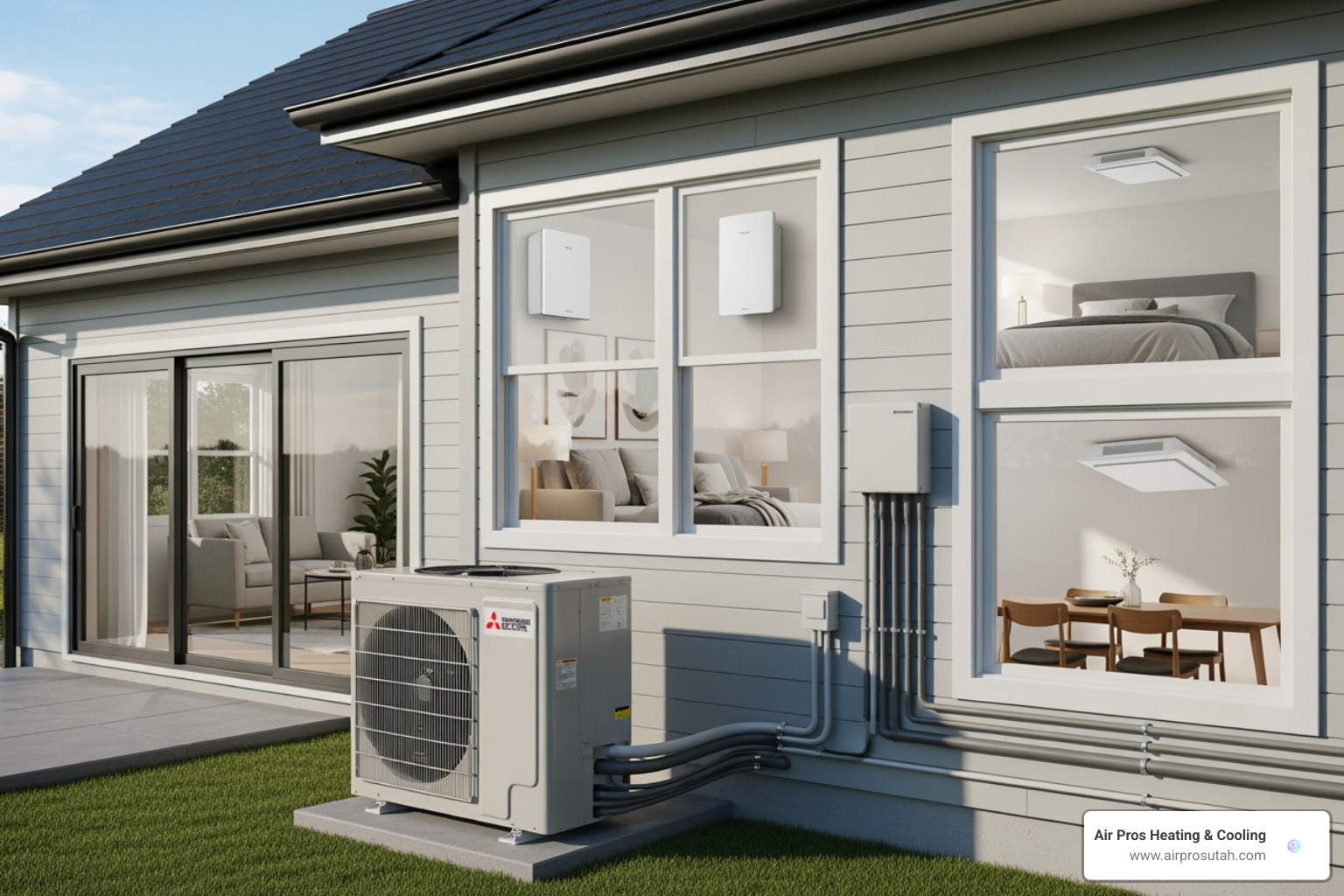
Several key factors shape your final investment. The size and capacity of your unit matters tremendously – you wouldn't put a motorcycle engine in a pickup truck, right? Then there's the energy efficiency rating, which determines how much you'll save on utilities for years to come. The complexity of your installation can vary wildly depending on your home's layout and existing electrical setup.
That's exactly why we always recommend a professional assessment. Every home in the SLC Valley has its own personality, from century-old Salt Lake City bungalows to modern Draper builds. Our team at Air Pros Heating & Cooling takes the time to understand your specific situation before providing a customized quote that makes sense for your comfort needs and budget.
Unit Size and Capacity (BTU)
BTU stands for British Thermal Unit, and it's basically the horsepower rating for your mini-split system. Just like you wouldn't use a tiny space heater to warm a massive living room, choosing the right BTU capacity is crucial for both comfort and efficiency.
Here's where it gets interesting: sizing isn't just about square footage. A 12,000 BTU unit (that's one ton of cooling capacity) typically costs between $700 and $3,200. But the real magic happens when we do what's called a "load calculation."
This means we look at your ceiling height, how well your home is insulated, the efficiency of your windows, and even Utah's specific climate patterns. A unit that's too small will run constantly trying to keep up, like a hamster on a wheel. A unit that's too large will short-cycle, turning on and off frequently, which wastes energy and makes your home feel clammy.
For a typical 1,000 square foot space, the cost of installing mini split heat pump can range from $2,000 to $10,500 or more. The wide range reflects how all these factors work together to determine what you actually need. Getting the sizing right from the start saves you money and frustration down the road. Learn more about proper sizing from the Department of Energy's guide on Ductless mini-splits.
System Efficiency (SEER/HSPF)
This is where your mini-split becomes a long-term investment that keeps paying you back. SEER (Seasonal Energy Efficiency Ratio) measures cooling efficiency, while HSPF (Heating Seasonal Performance Factor) measures heating efficiency. Higher numbers mean your system uses less electricity to deliver the same comfort.
Today's premium mini-splits can achieve SEER2 ratings up to 35.1 and HSPF2 ratings up to 30. That's like getting a car that goes twice as far on a gallon of gas compared to older models.
Yes, high-efficiency units cost more upfront, but they're the gift that keeps on giving. Every month, they use less electricity to keep you comfortable, which means lower utility bills. Over the 15-25 year lifespan of your system, those savings really add up.
Think of it this way: you can pay a little more now for an Energy Efficient Mini Split, or you can pay more every single month for the life of your system. We've seen homeowners save 30-50% on their heating and cooling costs with the right high-efficiency system. The energy efficient models often qualify for rebates too, which helps offset that initial investment.
Labor and Installation Complexity
Here's where the rubber meets the road in terms of cost of installing mini split heat pump systems. Labor typically ranges from $300 to $1,500 for single-zone systems and $700 to $3,000 for multi-zone installations. Our skilled technicians charge between $100-$150 per hour, and most single-unit installations take about 6-10 hours to complete properly.
Multi-zone systems naturally take longer – anywhere from 1 to 4 days depending on how many indoor units you're installing and where they're going. It's like the difference between hanging one picture and creating a whole gallery wall.
Several factors can bump up the installation complexity and cost. Wall material makes a huge difference – drilling through brick or concrete takes specialized tools and more time than going through drywall. Distance matters too – the farther your indoor unit is from the outdoor unit, the more refrigerant lines we need to run (about $7 per linear foot), and the more labor involved.
Electrical requirements often surprise homeowners. Mini-splits need a dedicated circuit for the outdoor unit, and if your electrical panel doesn't have the capacity or needs new wiring, you'll need an electrician. This can add several hundred dollars to your project.
Accessibility plays a role as well. Installing a unit in a cramped attic or basement takes longer than mounting one on an easily accessible main floor wall.
While some handy homeowners consider DIY installation, we strongly recommend against it. Improper installation voids warranties, can cause refrigerant leaks, and poses safety risks. Our licensed professionals ensure everything is done right the first time. Check out our detailed thoughts on Are Ductless Mini Splits Easy to Install?.
Additional Costs and Considerations
Beyond the main unit and installation labor, several other expenses can influence your total cost of installing mini split heat pump investment. We always include these in our detailed quotes so there are no surprises.
Permits and inspections are required in most SLC Valley cities, typically costing $250-$400. It's not just red tape – these ensure your installation meets safety codes and protects your family.
Electrical work often goes beyond the basic installation. A dedicated circuit installation runs around $250, but if your panel needs upgrading, costs can range from $1,000 to $10,000 depending on the scope.
Carpentry work might be needed if we have to cut new holes for refrigerant lines, adding $140-$600 to your project. Old system removal costs $80-$150 if you're replacing existing equipment.
Some homes need condensate pumps ($120-$280) if the indoor unit can't drain by gravity. Outdoor unit stands ($100-$210) are essential in snowy areas, while wall mount brackets ($40-$100) work for some installations.
In colder climates or higher elevations around Utah, drain pan heaters ($140-$560) prevent freeze-ups. And while most units come with a remote, additional or upgraded controllers range from $50-$300.
We believe in transparent pricing with no hidden fees. Every quote we provide breaks down exactly where your investment is going, so you can make informed decisions about your home's comfort system.
Maximizing Your Investment: Rebates and Long-Term Savings
When you're looking at the upfront cost of installing mini split heat pump systems, it's natural to feel a bit of sticker shock. But here's the thing – this investment is like buying a really good pair of shoes. They cost more initially, but they'll save you money and keep you comfortable for years to come.
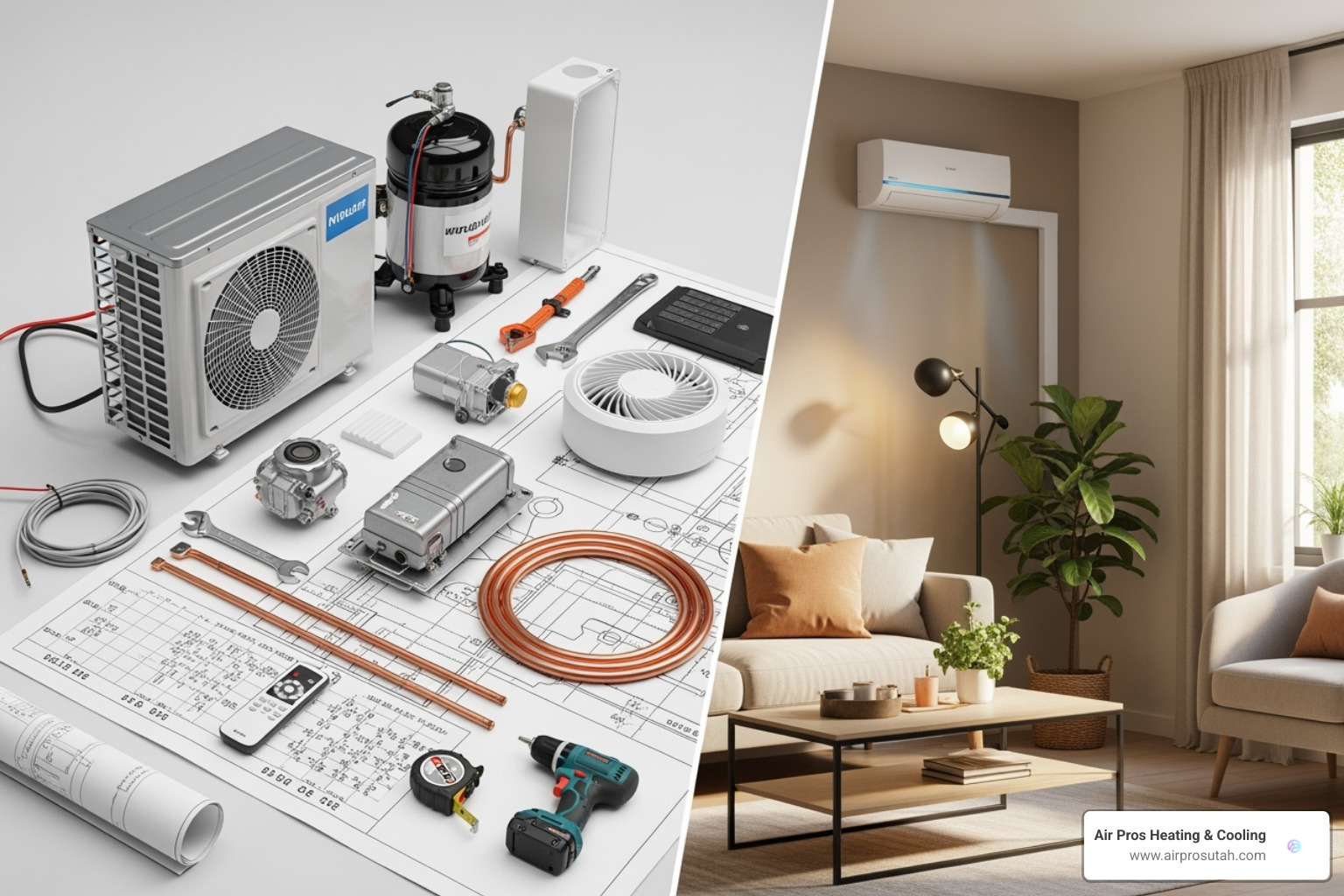
The beauty of mini-split heat pumps lies in their incredible efficiency. These systems run 20% to 60% more efficiently than traditional HVAC units because they completely eliminate the energy loss that happens with leaky ductwork. That efficiency translates directly into lower monthly utility bills, which means more money staying in your pocket.
But wait – there's even better news! Because these systems are so energy-efficient and environmentally friendly, there are often financial incentives available to help reduce that initial investment. It's like getting a discount for making a smart choice.
Rebates, Tax Credits, and Incentives
We absolutely love helping our customers find ways to save money on their cost of installing mini split heat pump systems. The government and utility companies are practically cheering you on for making this energy-efficient choice, and they're willing to put their money where their mouth is.
Federal tax credits are often available for qualifying heat pump installations. The IRS frequently offers these credits for energy-efficient home improvements, though the specific amounts and requirements can change from year to year. It's always smart to check the latest guidelines or chat with a tax professional to see what you qualify for.
State and local incentives can be real game-changers too. Utah has various programs designed to encourage homeowners to upgrade to more efficient HVAC systems. The cities we serve throughout the SLC Valley – including Cottonwood Heights, Murray, and South Jordan – sometimes offer their own local programs as well.
Don't overlook utility company rebates either. Rocky Mountain Power and other local utilities frequently provide cash rebates for homeowners who install energy-efficient appliances. These rebates can offset a significant portion of your installation costs, making that initial investment much more manageable.
We make it our business to stay current on all available incentives in the SLC Valley because we want our customers to get every penny they deserve. Check out our comprehensive guide on HVAC Rebates and Incentives for general information. You can also explore the Database of State Incentives for Renewables & Efficiency (DSIRE) to see what's specifically available in Utah right now. We've also put together a dedicated resource on Ductless Mini Split Rebates that breaks down exactly what you might qualify for.
Long-Term Energy and Cost Savings
This is where your mini-split investment really starts paying you back – and it keeps paying you back for decades. When you install a mini-split heat pump, you're not just buying a comfort system; you're investing in a money-saving machine that works around the clock.
Your electricity bills will drop significantly. Heat pumps can reduce energy use for heating by up to 50 percent compared to electric resistance heating. That's real money back in your pocket every single month. Over the course of a year, many of our customers see savings of hundreds of dollars on their utility bills.
Zoned climate control is a total game-changer for your energy savings. Think about it – why should you pay to heat or cool rooms that nobody's using? With mini-splits, you can keep your bedroom perfectly comfortable at night while letting that rarely-used guest room or formal dining room stay at a more moderate temperature. This room-by-room control means you're only conditioning the spaces you actually need, which can dramatically cut your energy waste. Our guide on Mini Split Heating Systems explains more about how this targeted approach maximizes your savings.
The longevity of these systems makes your investment even smarter. With proper professional installation and regular maintenance, mini-split systems typically last 15 to 25 years. That's decades of comfortable, energy-efficient heating and cooling without needing major replacements. When you spread that cost of installing mini split heat pump over two decades of reliable service, the value becomes crystal clear.
The return on investment for mini-splits is genuinely impressive, especially when you factor in the energy savings, available rebates, and the system's long lifespan. It's one of those rare home improvements that pays for itself while making your life more comfortable every single day.
Frequently Asked Questions about Mini Split Costs
When you're considering the cost of installing mini split heat pump systems, you probably have a million questions swirling around in your head. Don't worry - you're not alone! We've been helping homeowners in the SLC Valley for years, and these are the questions that come up time and time again.
Can a mini-split cool or heat a whole house?
Here's the great news: yes, a mini-split can absolutely handle your whole house! The key is choosing the right system for your home's size and layout.
For whole-house comfort, you'll want to look at a multi-zone system. These clever setups connect multiple indoor units to a single outdoor unit, giving you independent temperature control in different rooms. Think of it as having your own personal climate control command center!
The number of indoor units you'll need depends on your home's square footage and layout. A smaller ranch-style home might need just 3-4 strategically placed units, while a larger two-story house could require 5-8 units for complete coverage. Some outdoor units can actually support up to 8 indoor heads - pretty impressive, right?
When we visit your home here in the SLC Valley, whether you're in Park City, Tooele, or West Valley City, we'll help you figure out the perfect setup. We look at your home's layout, insulation, and how you actually use your spaces to design a system that works for your family.
Now, for very large homes or those that already have well-functioning ductwork, sometimes a traditional central system might make more financial sense. But for most homes - especially those without existing ducts or families who love the idea of personalized room-by-room control - a whole-house mini-split solution is fantastic.
Do you need an electrician to install a mini-split?
This is a really practical question, and the honest answer is yes, you'll likely need an electrician for part of the installation process.
Here's why: your mini-split's outdoor unit needs its own dedicated electrical circuit to run safely and efficiently. We're talking about a 220-volt or 240-volt circuit - that's the heavy-duty stuff that requires a licensed electrician to install properly.
Now, our HVAC technicians are absolute pros at installing the actual units, running those refrigerant lines, and making all the connections between your indoor and outdoor units. But when it comes to the high-voltage electrical work - creating that new circuit and connecting it to your electrical panel - that's electrician territory.
Don't worry though! We work closely with trusted local electricians to coordinate the whole process. You won't be juggling multiple contractors or trying to figure out who does what. We make sure everything flows smoothly and meets all local electrical codes for your safety.
The electrical work typically adds a few hundred dollars to your project, but it's absolutely essential for safe operation and code compliance. Plus, having that dedicated circuit means your mini-split will have all the power it needs to keep you comfortable year-round.
How long do mini-split systems last?
This is where mini-splits really shine as a smart long-term investment! With professional installation and regular maintenance, you can expect your mini-split system to last anywhere from 15 to 25 years. That's actually longer than many traditional central AC units, which typically call it quits after 10-15 years.
What makes the difference in lifespan? Two big factors: quality installation and consistent care. When your system is installed correctly from day one (which is why we always recommend professional installation), it starts its life on the right foot. No stressed components, no refrigerant leaks, no electrical issues - just smooth, efficient operation.
The second piece of the puzzle is regular maintenance. Think of it like taking care of your car - you wouldn't skip oil changes and expect it to run forever, right? Your mini-split benefits from routine filter cleaning, annual check-ups, and professional servicing when needed.
This regular TLC helps catch small issues before they become big, expensive problems. It also keeps your system running at peak efficiency, which means better comfort and lower energy bills throughout its life.
If you ever run into issues down the road, our team at Air Pros is here to help with your Ductless Mini Split Repair needs. We believe in building lasting relationships with our customers, so we're here for the long haul - just like your mini-split system!
Is a Mini Split Installation Right for Your Home?
After exploring the cost of installing mini split heat pump systems from every angle, we've covered a lot of ground together. We've looked at typical price ranges (that $3,000 to $8,000 sweet spot for most single-zone systems), broken down what drives those costs, and highlighted the impressive long-term savings these systems deliver. Now comes the moment of truth: Is a mini-split the right investment for your home?
The beauty of mini-splits lies in their personalized comfort. Imagine walking into your bedroom on a sweltering July evening and having it perfectly cool, while your teenager's room stays warmer (because they're always cold), and you're not wasting energy cooling the basement family room nobody's using. That's the magic of room-by-room climate control that mini-splits deliver.
From a financial perspective, the numbers speak for themselves. While the upfront cost of installing mini split heat pump systems requires an investment, the energy efficiency these systems provide can slash your utility bills by 20-50% compared to older HVAC systems. When you factor in available rebates and tax credits, plus that impressive 15-25 year lifespan, the return on investment becomes quite compelling.
Here in the SLC Valley, we've seen mini-splits transform homes from Park City's mountain retreats to West Valley City's family neighborhoods. They're particularly brilliant for homes without existing ductwork, additions, or spaces where extending traditional HVAC just doesn't make sense. No more suffering through hot spots or paying to condition rooms you rarely use.
At Air Pros Heating & Cooling, we've built our reputation on delivering high-quality, personalized solutions for year-round comfort. Our specialization in ductless mini-split systems means we understand the unique needs of Utah homes, from dealing with our temperature swings to maximizing efficiency during those long winter months.
The real question isn't whether mini-splits are a good investment – it's whether they're the right fit for your specific situation. That's where our professional assessment comes in. We'll evaluate your home's layout, your comfort goals, and your budget to create a custom solution that makes sense.
Ready to explore how a mini-split could transform your home's comfort? For a professional assessment and expert Heat Pump Installation, contact our team today. We're here to help homeowners throughout Alta, Bluffdale, Coalville, Cottonwood Heights, Draper, Emigration Canyon, Granite, Heber City, Herriman, Holladay, Kamas, Kearns, Magna, Midvale, Midway, Millcreek, Murray, Oakley, Park City, Riverton, Sandy, South Jordan, South Salt Lake, Taylorsville, Tooele, West Jordan, West Valley City, White City, and Salt Lake City make informed decisions about their comfort investments.
Because at the end of the day, your home should be your perfect retreat – and we're here to make that happen.

